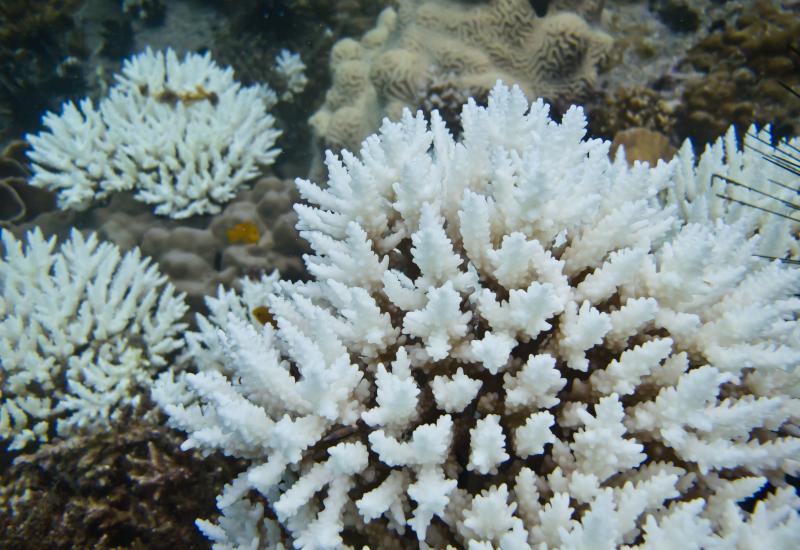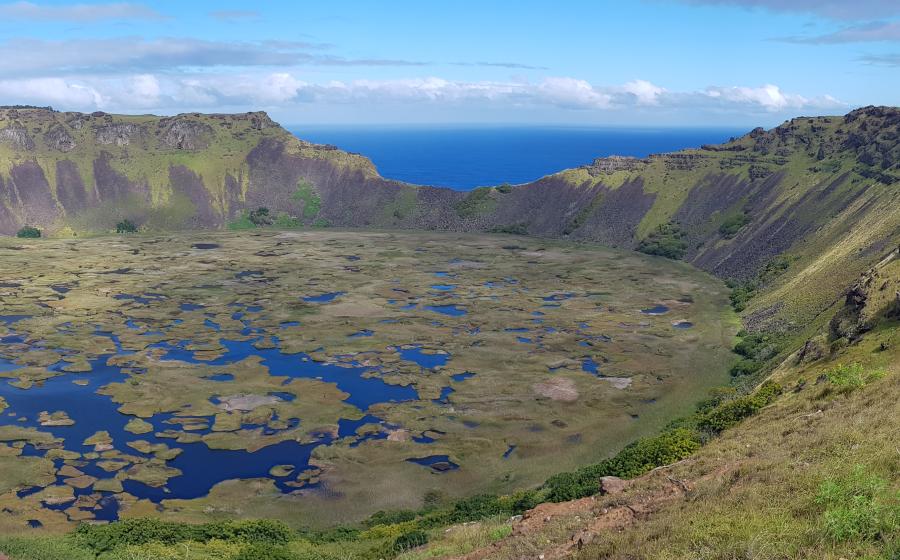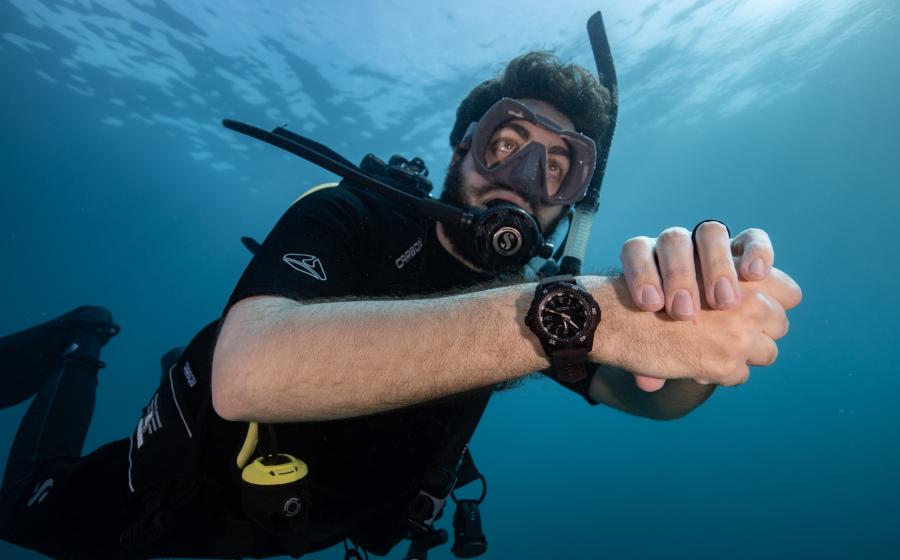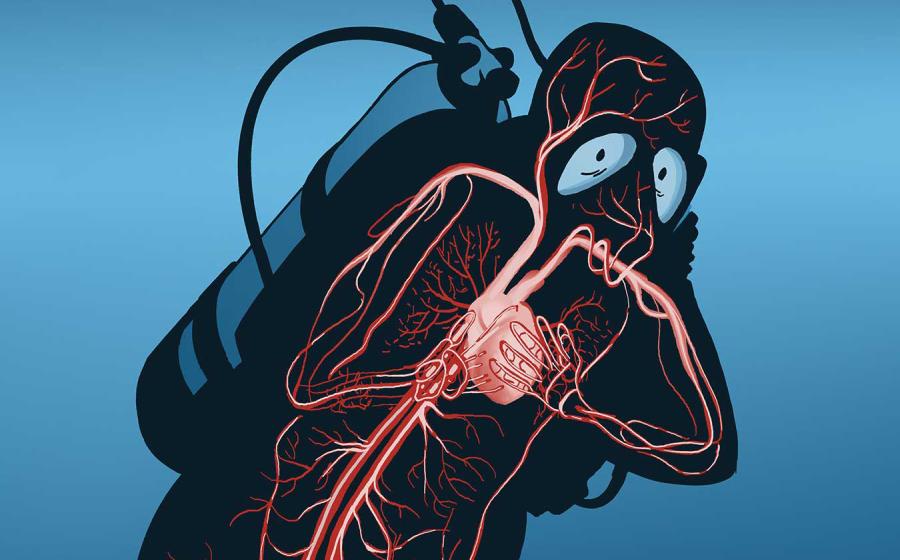SeaView: Pilot Whale Stranding in the Florida Keys

SeaView: Beached Pilot Whale
istockphoto
Fighting to Save Beached Pilot Whales on Cudjoe Key, Florida
By Samantha Whitcraft, Marine Conservation Biologist
The first week of May, news of pilot whales captured and killed in Japan and the Faroe Islands seemed to be everywhere, so when a biologist friend of mine posted on Facebook that she was going to “help save some pilot whales,” I assumed she meant she’d had enough and was flying off to a foreign country to take a stand. After all, I thought, we don’t normally have pilot whales in Florida waters – their habitat is typically the deepest open-ocean waters.
But at 9 p.m. on May 5, a friend called to tell me unknown numbers of pilot whales were stranded in the lower Florida Keys and spread out over miles across the low-tide sand flats and even up in the mangroves. I immediately called and found out the Stranding Network was activated, and they needed all hands to help out, especially those who either had experience with marine mammals or who could commit to work through the night.
I knew three things for sure: 1) The first 24 hours of a stranding are critical, 2) I was going to help any way I could and 3) I needed to get on the road ASAP. Initial reports indicated there were 18 to 24 stranded pilot whales in distress; some had already been humanely euthanized in the field. Worst of all, because the animals were spread out over dozens of miles, some would likely not be reached until morning. I finally came to Blimp Road and headed to the boat ramp at the end, where the rehabilitation enclosure was set up. Those in charge seemed exhausted, the volunteers on land were warming up after a recent four-hour shift in the water, and the shallow sea pen was quiet and dark. At the far end, I could see people standing together in groups of three and four, waist deep in the water. I could hear hushed voices and the occasional strained “blow” of a whale. But I couldn’t see the animals or tell how many there were.
Pilot whales can be aggressive, so we had to approach them in the “safe zone” — between the pectoral and dorsal fins. It was now 1 a.m. on May 6. Assigned the primary position, I held the leading edge of the pectoral fin and the base of the dorsal fin while supporting the animal on my knee, making sure the blowhole remained above water. Our role as first responders was to keep the exhausted animals at the surface and calm, so in the morning medical staff could collect blood and mucus to begin a diagnosis and, hopefully, treatment. We reviewed how to take breath counts to check for respiratory stress and how to take a pulse when asked. “Alpha,” one of the biggest animals, seemed to lean into me. His first breath was so forceful it startled me, but then I waited impatiently for the next one and the next and the next. Hours passed, often with only the sound of whales breathing and people whispering.
Local volunteers were still out in boats searching the shallows for other stranded whales, and we soon heard excited voices and an idle engine. Behind us, a large inflatable dingy holding a pilot whale was backed up to the floating barrier surrounding the emergency enclosure. Soon the barrier was lowered, and the animal slipped off the dingy into the dark, still waters inside the critical-care area. Within the hour, a second whale was brought in. Then we were told that there were still more out there, but it was too far and too dark for the boats available — the rest would have to wait until morning.
Alpha began to list strongly toward me in the water. It was hard to keep his blowhole above the surface, and his tail was strongly arched upward. His breathing rate had increased and he seemed in distress. One of the stranding staff came over and explained he was likely “cramping.” The cramping can be caused because they build up lactic acid in their muscles. Then with no warning, he bolted forward with two strong strokes of his tail, easily carrying me and two other people across the enclosure. I knew not to let go for fear he would drown but as his large head and powerful jaw turned towards me, I wondered who was in more danger. One of the staff was nearby and lunged out to add his weight to try to control him. After a few more “bucks,” he was finally still again. For the next two hours, I stayed with Alpha, counting breaths and measuring heart rates. Occasionally, the animals would vocalize quietly to each other with little squeaks and whistles.
As the sky began to lighten just before sunrise, exhaustion and cold began to set in. One of the staff told me that in his experience, it is often in the early morning hours, just before dawn, when many stranded animals crash physically and don’t recover. He said no one knows the reason why. As the sky grew pink and brightened, we all felt relieved. All six pilot whales were still alive! Two hours later, I finally left Alpha for the first time in six hours.
As I walked out of the water, I looked up the boat ramp and standing there were a half-dozen Navy sailors ready to help the animals in the water as well as with new field rescues. With the Navy there to handle these animals, we headed out in response to another report of a stranded whale just down the coast.
According to news reports, 15 of the 22 pilot whales in this incident died or were euthanized in the first couple of days after they were found. Of the seven surviving whales, two adult males were healthy enough to be released in deeper water off the coast, while the other five were taken to the Marine Mammal Conservancy in Key Largo. A month later, during the first week of June, it was reported that two of the five whales had been euthanized, and the remaining three were still undergoing rehabilitation efforts, which could last for several more months.
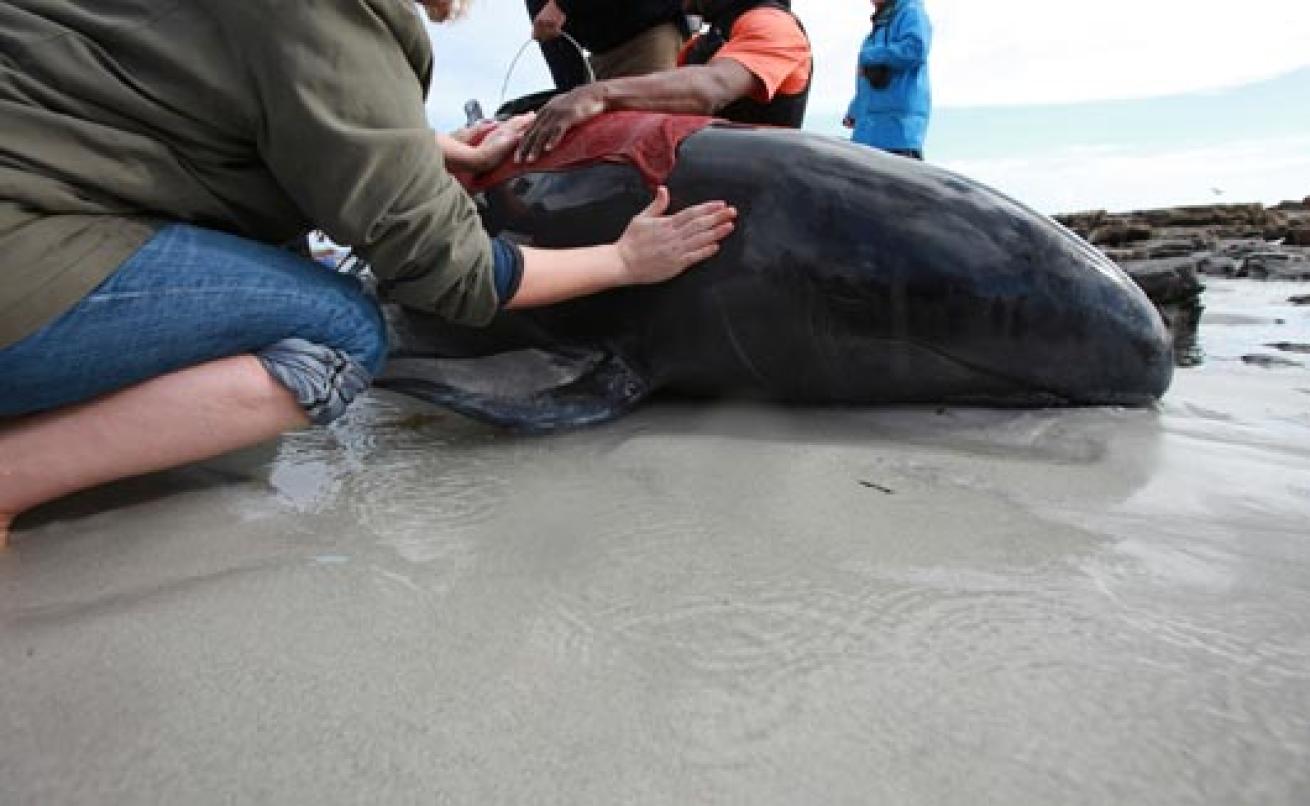
istockphoto
Fighting to Save Beached Pilot Whales on Cudjoe Key, Florida
By Samantha Whitcraft, Marine Conservation Biologist
The first week of May, news of pilot whales captured and killed in Japan and the Faroe Islands seemed to be everywhere, so when a biologist friend of mine posted on Facebook that she was going to “help save some pilot whales,” I assumed she meant she’d had enough and was flying off to a foreign country to take a stand. After all, I thought, we don’t normally have pilot whales in Florida waters – their habitat is typically the deepest open-ocean waters.
But at 9 p.m. on May 5, a friend called to tell me unknown numbers of pilot whales were stranded in the lower Florida Keys and spread out over miles across the low-tide sand flats and even up in the mangroves. I immediately called and found out the Stranding Network was activated, and they needed all hands to help out, especially those who either had experience with marine mammals or who could commit to work through the night.
I knew three things for sure: 1) The first 24 hours of a stranding are critical, 2) I was going to help any way I could and 3) I needed to get on the road ASAP. Initial reports indicated there were 18 to 24 stranded pilot whales in distress; some had already been humanely euthanized in the field. Worst of all, because the animals were spread out over dozens of miles, some would likely not be reached until morning. I finally came to Blimp Road and headed to the boat ramp at the end, where the rehabilitation enclosure was set up. Those in charge seemed exhausted, the volunteers on land were warming up after a recent four-hour shift in the water, and the shallow sea pen was quiet and dark. At the far end, I could see people standing together in groups of three and four, waist deep in the water. I could hear hushed voices and the occasional strained “blow” of a whale. But I couldn’t see the animals or tell how many there were.
Pilot whales can be aggressive, so we had to approach them in the “safe zone” — between the pectoral and dorsal fins. It was now 1 a.m. on May 6. Assigned the primary position, I held the leading edge of the pectoral fin and the base of the dorsal fin while supporting the animal on my knee, making sure the blowhole remained above water. Our role as first responders was to keep the exhausted animals at the surface and calm, so in the morning medical staff could collect blood and mucus to begin a diagnosis and, hopefully, treatment. We reviewed how to take breath counts to check for respiratory stress and how to take a pulse when asked. “Alpha,” one of the biggest animals, seemed to lean into me. His first breath was so forceful it startled me, but then I waited impatiently for the next one and the next and the next. Hours passed, often with only the sound of whales breathing and people whispering.
Local volunteers were still out in boats searching the shallows for other stranded whales, and we soon heard excited voices and an idle engine. Behind us, a large inflatable dingy holding a pilot whale was backed up to the floating barrier surrounding the emergency enclosure. Soon the barrier was lowered, and the animal slipped off the dingy into the dark, still waters inside the critical-care area. Within the hour, a second whale was brought in. Then we were told that there were still more out there, but it was too far and too dark for the boats available — the rest would have to wait until morning.
Alpha began to list strongly toward me in the water. It was hard to keep his blowhole above the surface, and his tail was strongly arched upward. His breathing rate had increased and he seemed in distress. One of the stranding staff came over and explained he was likely “cramping.” The cramping can be caused because they build up lactic acid in their muscles. Then with no warning, he bolted forward with two strong strokes of his tail, easily carrying me and two other people across the enclosure. I knew not to let go for fear he would drown but as his large head and powerful jaw turned towards me, I wondered who was in more danger. One of the staff was nearby and lunged out to add his weight to try to control him. After a few more “bucks,” he was finally still again. For the next two hours, I stayed with Alpha, counting breaths and measuring heart rates. Occasionally, the animals would vocalize quietly to each other with little squeaks and whistles.
As the sky began to lighten just before sunrise, exhaustion and cold began to set in. One of the staff told me that in his experience, it is often in the early morning hours, just before dawn, when many stranded animals crash physically and don’t recover. He said no one knows the reason why. As the sky grew pink and brightened, we all felt relieved. All six pilot whales were still alive! Two hours later, I finally left Alpha for the first time in six hours.
As I walked out of the water, I looked up the boat ramp and standing there were a half-dozen Navy sailors ready to help the animals in the water as well as with new field rescues. With the Navy there to handle these animals, we headed out in response to another report of a stranded whale just down the coast.
According to news reports, 15 of the 22 pilot whales in this incident died or were euthanized in the first couple of days after they were found. Of the seven surviving whales, two adult males were healthy enough to be released in deeper water off the coast, while the other five were taken to the Marine Mammal Conservancy in Key Largo. A month later, during the first week of June, it was reported that two of the five whales had been euthanized, and the remaining three were still undergoing rehabilitation efforts, which could last for several more months.

